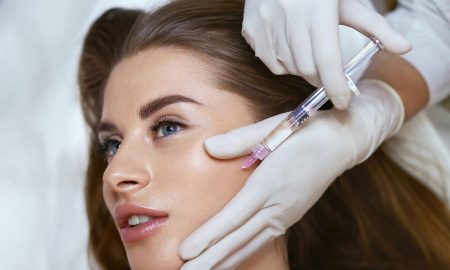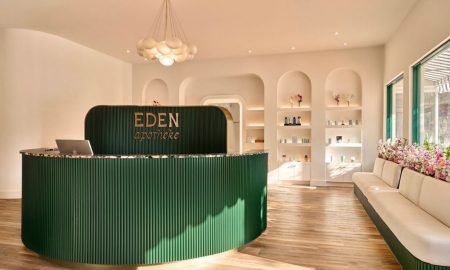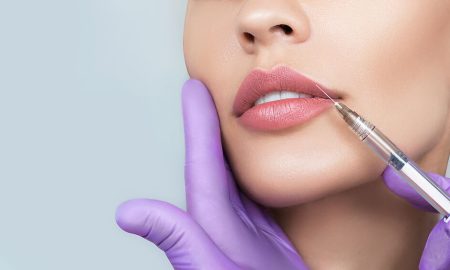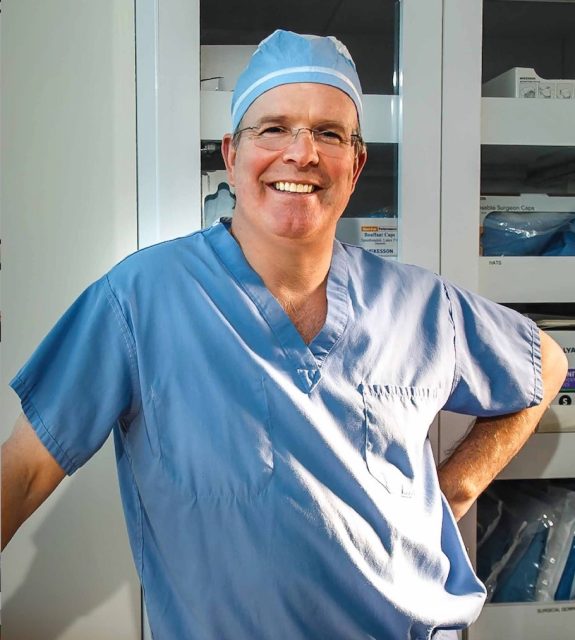Rhinoplasty isn’t just for improving the appearance of nose imperfections, and past sports injuries are a common reason men and women undergo this surgery. Facial plastic surgeon Dr. Kian Karimi of Rejuva Medical Aesthetics in Los Angeles explains why it’s essential to treat trauma to the nose.
Beyond pulled muscles and broken bones, the nose is often affected by sports injuries. However, many men and women view nasal injuries as something they can address at a later date. Trauma to the nose can do more than make it look crooked or uneven. It can also lead to breathing problems that reduce physical stamina, sports performance and sleep. If left untreated, a nasal injury can also lead to sinus infections, nosebleeds, facial pain, headaches, chronic congestion, loud breathing and sudden episodes when you feel like you can’t breathe.
Whether you sustained an injury to the nose last week, last year or decades ago, rhinoplasty can address any lingering functional problems as well as improve visible signs of trauma such as a crooked appearance or changes in symmetry—and at least a portion of the costs may be covered by medical insurance.
The first step is scheduling a consultation with a plastic surgeon as soon as possible. During this appointment, your surgeon will perform a thorough examination of your nose and medical history. This is also the time to discuss the aesthetic goals you’d like to achieve, especially if you desire a different look than the one you had before your injury. Photographs are taken, and 3D imaging may be used to illustrate potential results after surgery.
Your plastic surgeon will explain the details of the surgery as well. Rhinoplasty can be performed with an “open” approach that requires a small incision below the nostrils, or a “closed” approach when incisions are only placed inside the nose. Rhinoplasty after a sports injury can be more intricate than purely cosmetic rhinoplasty since the structures necessary for proper breathing often need to be reconstructed, and the ideal approach depends on the extent of correction necessary, as well as the desired outcomes.
Rhinoplasty is performed on an out-patient basis with either local or general anesthesia, and the procedure generally takes from one to two hours. Although patients can have surgery in the morning and be home by the afternoon, healing takes time. Most patients go home wearing a splint and may have packing that remains in the nostrils for up to five days. Bruising and swelling can last for a week or more, and the shape of the nose continues to improve for up to a year.
It’s imperative to refrain from activities that can potentially injure the nose until you are given the go-ahead from your surgeon. Once you have the green light to resume sports and other vigorous exercise, you must protect your new-and-improved nose. (Your surgeon can suggest special face guards to shield your nose from harm.)
The ultimate goal of rhinoplasty is to improve the shape, size and symmetry of the nose while bringing it into proportion with other facial features. In some cases, your surgeon may recommend other procedures such as chin augmentation to meet this objective. It’s never too late to treat a sports injury to the nose, and rhinoplasty offers opportunity to improve functional problems as well as your overall facial appearance.






















